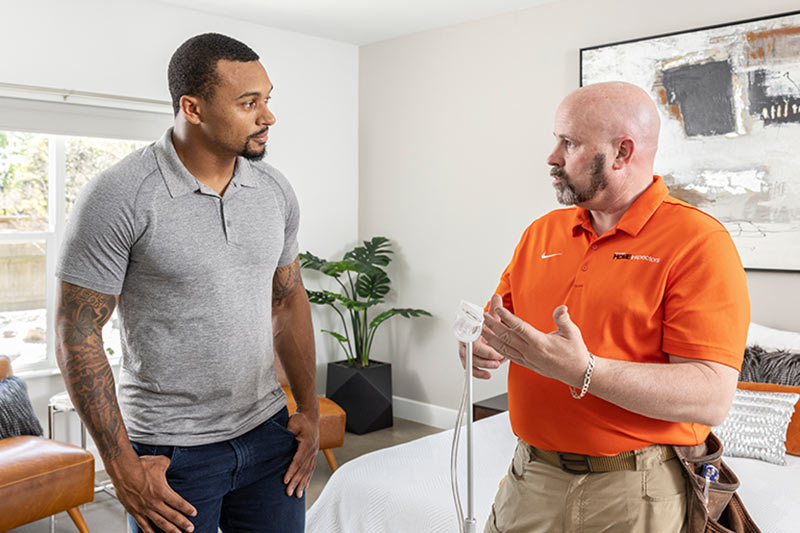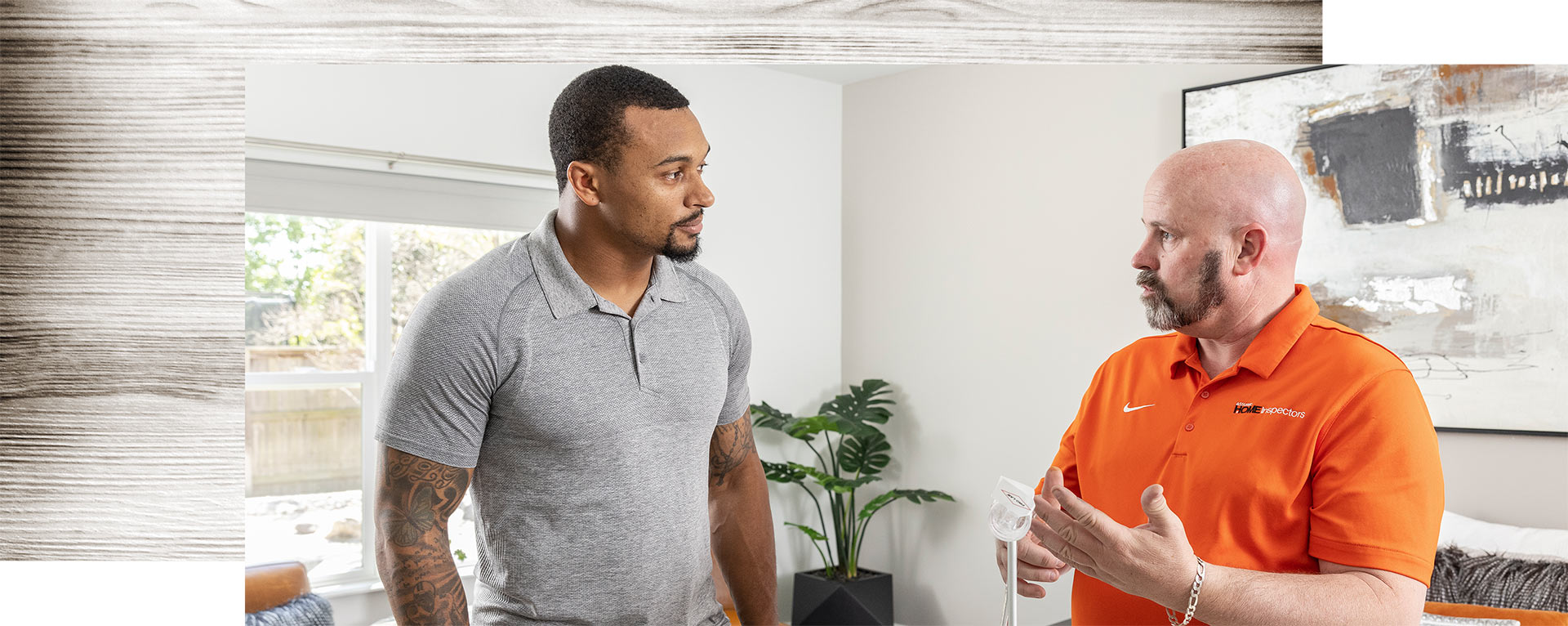What you need to know about mold.

- Drew Sleezer
- 10 April, 2022
- CommercialHow-toPreparationResidential

What is mold and where is it found?
Mold are microscopic organisms that produce spores and are found virtually everywhere, indoors and outdoors. Mold can be found on plants, foods, leaves, and other organic material. Also susceptible to mold growth are cellulose materials, such as, cardboard, paper, ceiling tiles, and sheetrock. Mold spores are easily detached and made airborne by vacuuming, walking on a carpet or sitting on a couch. In indoor environments, mold can grow in air conditioning ducts, carpets, houseplants, pots, etc. Mold requires moisture for growth so any moisture issues should be addressed promptly.
How can mold affect your health?
Exposure to mold is not healthy for anyone, but the following individuals are at a higher risk for adverse health effects: infants, children, elderly, immunocompromised patients, pregnant women, and individuals with existing respiratory conditions. When inhaled, even in small amounts, mold can cause a wide range of health problems including respiratory problems (wheezing), nasal and sinus congestion, watery and red eyes, nose and throat irritation, skin irritation, aches and pains, fevers, asthma, emphysema and in some cases even death.
How can you be exposed to mold?
When moldy materials become damaged or disturbed, spores (reproductive bodies similar to seeds) can be released into the air. The following are sources of indoor moisture that may cause mold problems in your home or commercial building: flooding, leaky roofs, humidifiers, damp basements or crawl spaces, constant plumbing leaks, house plants, steam from cooking, shower/bath steam and leaks, wet clothes, and clothes dryers vented indoors.
The black mold Stachybotrys Chartarum (atra).
Stachybotrys Chartarum (atra) is a greenish-black toxic mold that colonizes particularly well in high-cellulose material, such as straw, hay, wet leaves, dry wall, carpet, wall paper, fiber-board, ceiling tiles, thermal insulation, etc. Stachbotrys, before drying, is wet and slightly slimy to touch. There are about 15 species of Stachybotrys, known throughout the world. This toxic mold grows in areas where the relative humidity is above 55%. This type of mold typically does not grow on plastic, vinyl, concrete products, or ceramic tiles.
Stachybotrys produces a mycotoxin that causes human mycotoxicosis.
This type of mold is thought to be a possible cause of the sick building syndrome. Childrens’ exposure to Stachybotrys spores are thought most likely to cause pulmonary hemosiderosis (bleeding in the lungs). The following is a list of symptoms that can be associated with exposure to Stachybotrys mold spores:
- Respiratory problems, such as wheezing, and difficulty in breathing
- Nasal and sinus congestion
- Eyes-burning, watery, reddened, blurry vision, light sensitivity
- Dry, hacking cough
- Sore throat
- Nose and throat irritation
- Shortness of breath
- Chronic fatigue
- Skin irritation
- Central nervous system problems (constant headaches, memory problems, and mood changes)
- Aches and pains
- Possible fever
- Diarrhea
- Hemosiderosis
- Immune suppression
How is mold testing done?
There are two kinds of tests we perform. Cartridge sampling and swab tests. Cartridge tests test the air by pulling air into the cartridge where a sticky substance that traps the spores. Interior and exterior cartridge samples are taken, then sent to the laboratory where they compare indoor to outdoor levels and determine what spores are present.
The swab test is used when there is suspicious staining on a surface. With this method, the inspector uses a special type of swab and container, or sampling tape, to take a sample from the surface of concern. The swab(s) are then sent to the laboratory for analysis.
After our mold inspection, the mold laboratory typically returns a report within 3 business days. Faster services can be achieved at a higher cost. The report shows the type of mold discovered, if any, and the level of concern based on the levels present and spore types found. The report also contains information regarding the health risks and typical dangers. View a sample report here.
If mold issues are found, inspectors then recommend a remediation company to determine what actions should be taken to properly address the issues.
Do you suspect you have mold? Suspicious about the property you’re about to buy? Schedule a mold inspection with AHI.

